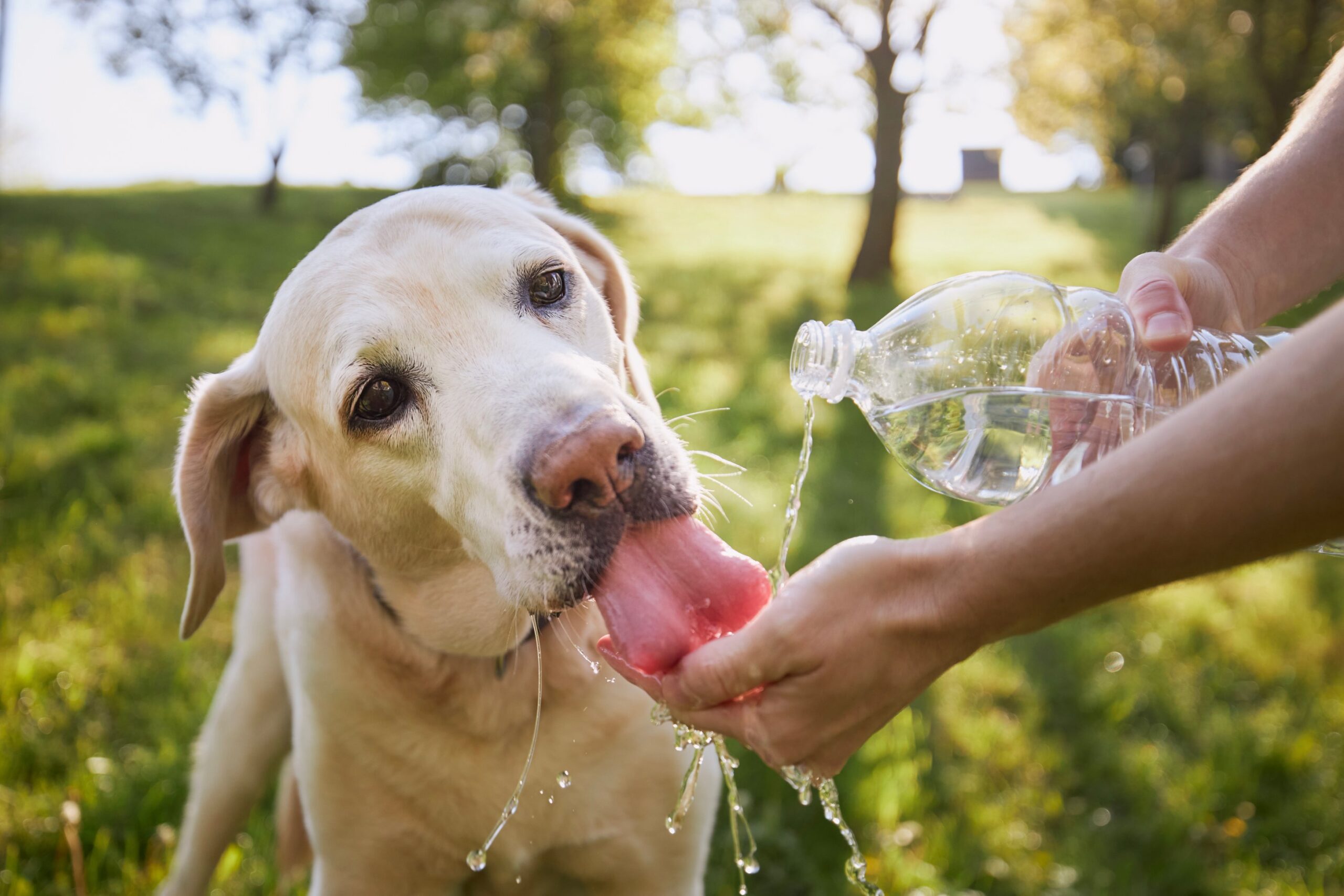As summer temperatures soar, our beloved pets face unique challenges. From scorching pavements to dehydration risks, the season brings potential hazards for our furry companions. This guide explores essential strategies to keep your pets cool, comfortable, and safe during the hottest months.
We’ll delve into practical tips, expert advice, and crucial safety measures. Our goal? To help you and your pets enjoy a fun-filled summer while avoiding common heat-related pitfalls.
Hydration: The Key to Summer Pet Health
Proper hydration stands as the cornerstone of summer pet care. Always provide fresh, cool water for your pets, both indoors and outdoors. Consider using multiple water bowls throughout your home and yard to encourage frequent drinking.
For outdoor adventures, pack a collapsible water bowl and extra water. Some pets enjoy ice cubes in their water, which can make drinking more appealing. Monitor your pet’s water intake, as increased thirst may signal heat stress or other health issues.
Frozen treats can offer a fun way to boost hydration. Try freezing low-sodium chicken broth in ice cube trays or stuffing a Kong toy with yogurt and freezing it. These icy snacks provide both hydration and mental stimulation.
Creating a Cool Haven
Your home should serve as a refreshing retreat for your pets during hot days. Keep indoor temperatures comfortable using air conditioning or fans. Provide cool resting spots like tile floors or cooling mats.
Set up shaded areas in your yard using umbrellas, trees, or shade cloths. A kiddie pool filled with shallow water can offer a fun way for dogs to cool off outdoors. Always supervise pool time to ensure safety.
Consider your pet’s sleeping arrangements. Elevated beds promote airflow, while cooling mats can provide extra comfort. Keep bedding clean and dry to prevent skin irritation from sweat or humidity.
Safe Outdoor Activities
Summer doesn’t mean abandoning outdoor fun, but timing is crucial. Schedule walks and playtime during cooler hours – early morning or late evening. Avoid midday outings when the sun is strongest and temperatures peak.
Check pavement temperature before walks. Place your hand on the surface for 5 seconds. If it’s too hot for your hand, it’s too hot for your pet’s paws. Opt for grassy areas or invest in protective booties.
Never leave pets unattended in cars, even with windows cracked. Interior temperatures can skyrocket within minutes, leading to heat stroke or death. If you see a pet trapped in a hot car, contact local authorities immediately.
Recognizing and Preventing Heatstroke
Heatstroke poses a serious threat to pets in the summer. Learn to spot the warning signs:
- Excessive panting or drooling
- Lethargy or disorientation
- Vomiting or diarrhea
- Rapid heartbeat
- Collapse or seizures
If you suspect heatstroke, act quickly. Move your pet to a cool area, offer water, and apply cool (not cold) water to their body. Seek immediate veterinary care, as heatstroke can be life-threatening.
Prevent heatstroke by limiting exercise on hot days, providing ample shade and water, and never leaving pets in tropical environments. Certain breeds, especially those with flat faces or thick coats, may be more susceptible to heat-related issues.
Grooming for Comfort
Regular grooming plays a vital role in summer pet care. Brush your pet frequently to remove loose fur, preventing matting and improving air circulation to the skin. For long-haired breeds, consider a summer trim, but avoid shaving too close to the skin.
Bathing can help cool your pet and remove allergens. Use lukewarm water and pet-safe shampoo. After bathing, ensure your pet is completely dry to prevent skin issues. Moisturize paw pads to prevent cracking from hot surfaces.
Don’t forget about nail care. Trimmed nails improve traction on slippery surfaces and prevent discomfort during walks.
Sun Protection for Pets
Like humans, pets can suffer from sunburn and skin cancer. Apply pet-safe sunscreen to exposed areas, especially on pets with light-colored or thin fur. Focus on the nose, ear tips, and belly.
Provide shaded areas outdoors and limit sun exposure during peak hours. Consider UV-protective clothing for pets prone to sunburn. Regular vet check-ups can catch any suspicious skin changes early.
Remember, some pets may try to lick off sunscreen. Opt for products specifically designed for animals to ensure safety if ingested.
Summer Health Checks
Regular vet visits become even more crucial in summer. Schedule a pre-season check-up to address any underlying health issues that hot weather might exacerbate. Keep vaccinations current, as summer often means more time outdoors and potential exposure to diseases.
Stay vigilant about flea and tick prevention. These pests thrive in warm weather and can cause serious health problems. Discuss the best preventative options with your vet.
Monitor your pet’s weight throughout summer. Some pets may become less active in hot weather, leading to weight gain. Adjust food portions as needed and incorporate indoor play to maintain a healthy weight.
Conclusion
Summer brings unique joys and challenges for pet owners. By prioritizing hydration, creating cool environments, and staying alert to potential hazards, we can ensure our furry friends stay safe and comfortable.
Remember, every pet is unique. Pay attention to your pet’s individual needs and behaviors during hot weather. When in doubt, consult your veterinarian for personalized advice. With proper care and attention, you and your pets can make the most of the sunny season, creating lasting memories together.




 Introducing Our New Online Pet Pharmacy!
Introducing Our New Online Pet Pharmacy!